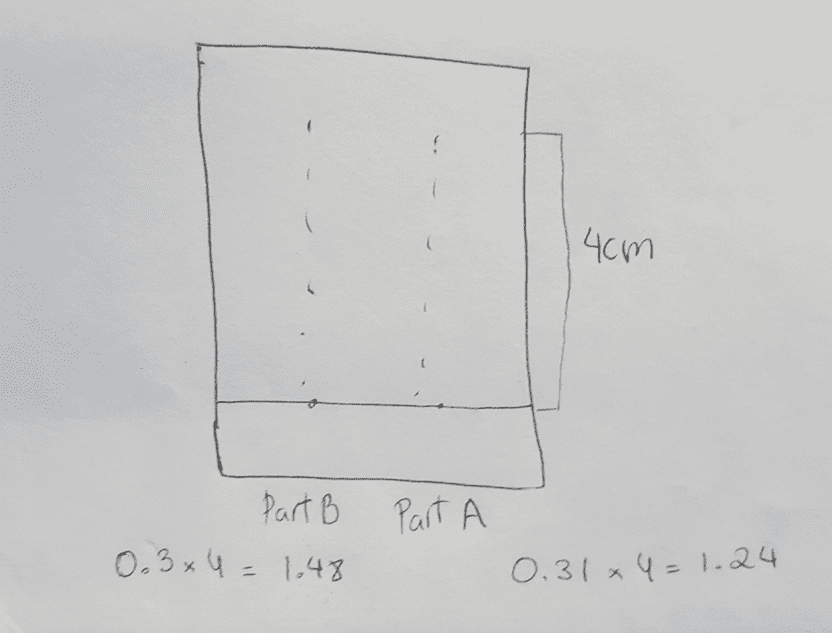1. Kinesin-1 motors can move long distances on microtubule tracks without dissociating. By contrast, myosin II motors in skeletal muscle take only one or a few steps before letting go. What is most likely the difference between these two motors that allow two different types of movement?
A. Differences in length of the stalk of each respective motor allow for differences in step size
B. Differences in ATP versus GTP hydrolysis alter the motor head movement along filaments
C. Actin filaments are smaller in diameter and have less space for movement
D. Binding affinity of the Kinesin-1 motor head to microtubules is high, whereas binding affinity of the myosin II motor head to actin filaments is low
E. Microtubules are larger in diameter and have more space for movement
2. Dynamic instability causes microtubules either to grow or to shrink rapidly. What is the most likely reason for a microtubule to undergo rapid growth?
A. GTP hydrolysis exceeds the rate of heterodimer addition
B. GTP hydrolysis of alpha tubulin causes an outward bend in the heterodimer conformation
C. A low concentration of tubulin heterodimers are in solution
D. Heterodimer addition exceeds the rate of GTP hydrolysis
E. Increased trafficking of microtubule motor proteins favors stability
3. There are no known motor proteins that move on intermediate filaments (IFs). What property of intermediate filaments would most likely explain the lack of motor proteins?
A. Tissue specific expression of IFs prevent a single type of motor protein to evolve over time
B. Lateral bundling of IFs prevent motor movement
C. IFs are less dynamic than microtubules and actin filaments
D. IFs are unpolarized
E. IFs do not bind a nucleotide
4. You discover a mutation that results in less rapid hydrolysis of GTP by the beta-tubulin subunit. What would most likely occur?
A. There would be no change in filament assembly
B. There would be enhanced instability of the microtubule
C. There would be enhanced stability of the microtubule
D. Microtubules would not form
E. There would be enhanced treadmilling
5. Which of the following statements describes common features of cadherins and integrins?
A. They can link to microtubules using specific adapter proteins
B. They mediate heterophillic interactions
C. They achieve high binding affinity through clustering
D. They are responsible for interactions of a cell with the extracellular matrix
E. They are found in the apical plasma membrane of an epithelial cell
6. Intermediate filaments are uniquely non-polar and built by lateral bundling in five steps: 1) synthesis of an alpha-helical monomer, 2) formation of a coiled-coil dimer, 3) formation of a staggered tetramer of two coiled-coil dimers, 4) lateral association of 8 tetramers, and 5) addition of 8 tetramers to a growing filament. At what step is polarity lost?
A. Step 1
B. Step 2
C. Step 3
D. Step 4
E. Step 5
7. Collagenase is an enzyme that breaks peptide bonds in collagen to help destroy extracellular structures. What would be the most likely reason to use collagenase in a cell biology laboratory?
A. Disrupt cadherin interaction with the extracellular matrix
B. Disrupt cell-cell contacts to passage cells in cell culture
C. Dissociate epithelial cells from the underlying basement membrane to separate tissues
D. All of the answers are likely uses for collagenase
E. Lyse cells to expose intracellular proteins and organelles



